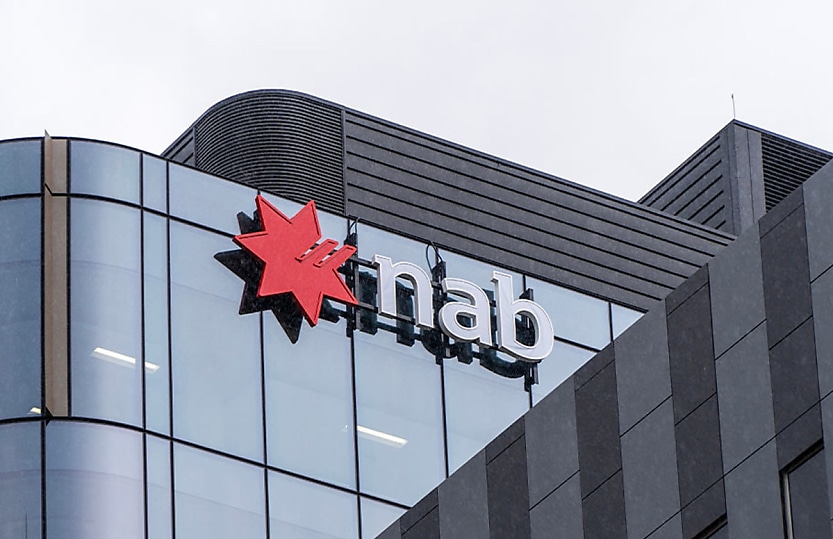February rate cuts expected as Australia heads for a ‘soft landing,’ says NAB

Australia’s economic growth is set to pick up in 2025 with rate cuts expected as early as February, according to NAB’s January 2025 Forward View.
NAB predicts that underlying inflation could return to the RBA’s target bands in the first quarter of 2025 and reach the mid-point in the third quarter, beating the RBA’s November forecasts.
This has paved the way for a gradual easing cycle starting in February, according to NAB economists, who expect to see 100bps of rate cuts throughout 2025.
“Overall, our outlook continues to be for a soft landing, with a pick-up in consumer spending to drive growth of around 2.25% over 2025 and 2026,” NAB’s report said.
Business and dwelling investment will also be key dynamics driving growth this year. Weak dwelling investment has stabilised, while business investment growth has slowed over the past year. These components would likely need to rise for growth above 2 per cent to be sustained, according to NAB.
Risks to domestic growth include a weaker-than-expected recovery in consumer spending, a tightening labour market and global trade uncertainties.
While US tariffs are not expected to have significant direct impacts on Australia, they could weaken Australia’s trade outlook with Asia and weigh on domestic growth, NAB’s report said.
Furthermore, while uplifted consumer spending is expected to bolster growth this year, consumer sentiment has been volatile, and spending was lower than forecast in the second half of 2024.
If consumers opt to save rather than spend this year, this could dampen growth but also lead to a faster moderation of inflation, according to NAB.
Australia’s tight labour market has been a hot topic of discussion among economists as inflation eases, with some expecting the RBA to revise their estimates of full employment.
“Should the labour market retighten, wage growth may well re-accelerate. Conversely, a larger deterioration in the unemployment rate would weigh on households and the recovery for household spending,” NAB said.
“We don't see current labour market conditions as inflationary and assess that an unemployment rate in the low 4% range can be sustained.”
BDO partner Anders Magnusson echoed this sentiment, commenting on last week’s CPI figures.
“Even though unemployment is low and steady at 4 percent, there seems to be little impact on inflation,” Magnusson said.
“The RBA typically expects inflation to accelerate when unemployment is below 4.5 percent. However, this relationship has been questioned in recent years.
“There is a good chance that the RBA will revise its unemployment rate forecast in February, acknowledging that a lower unemployment rate may be sustained in the long run,” Magnusson said.
NAB expects global growth to moderate to 3.1 per cent in 2025 and 3 per cent in 2026. Easing monetary policy settings should bolster growth, but these effects may be outweighed by global trade risks.
“Uncertainty is elevated, particularly around the timing and scale of US tariffs and whether retaliation leads to further tariff rate escalation,” NAB said.






